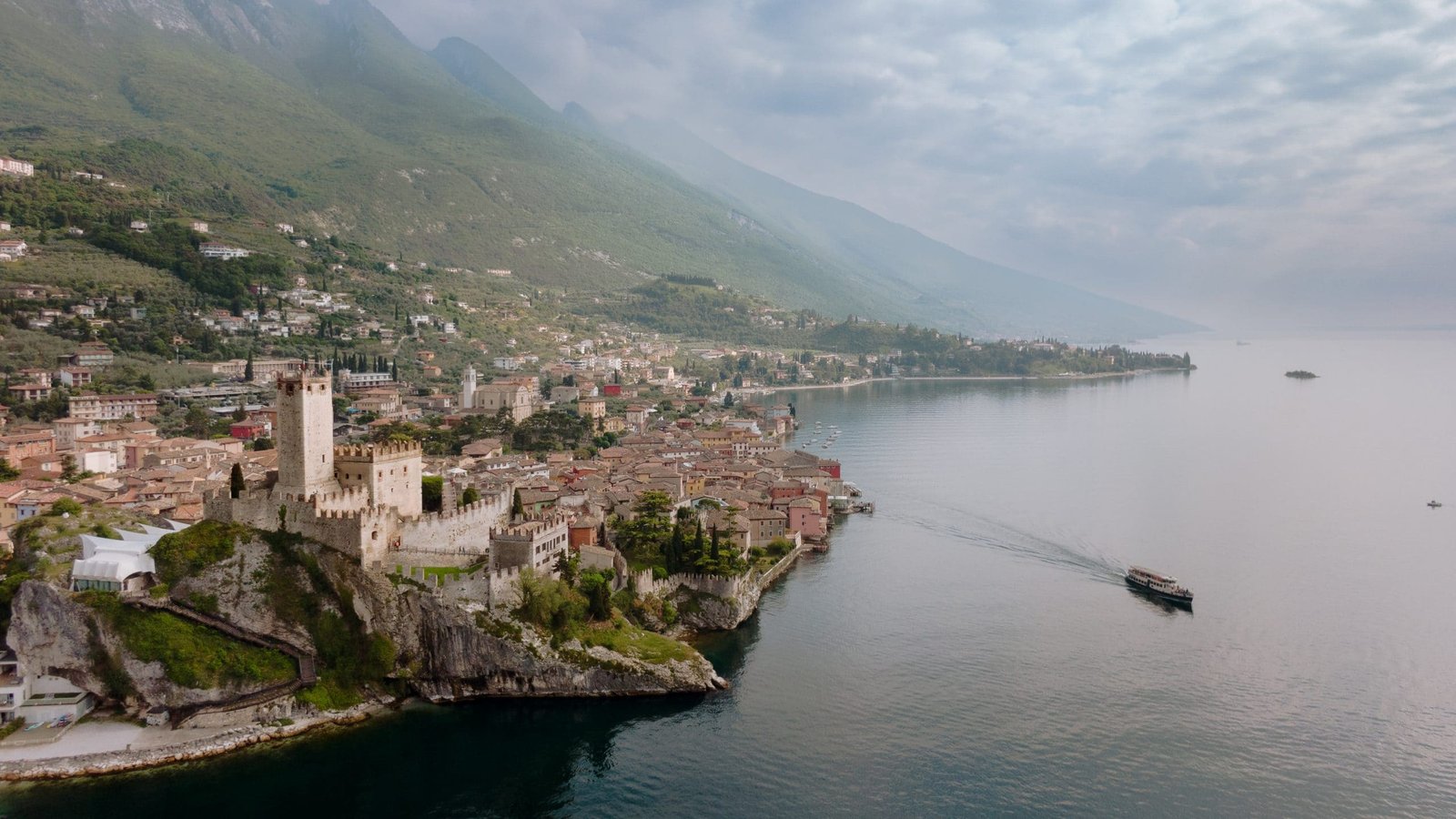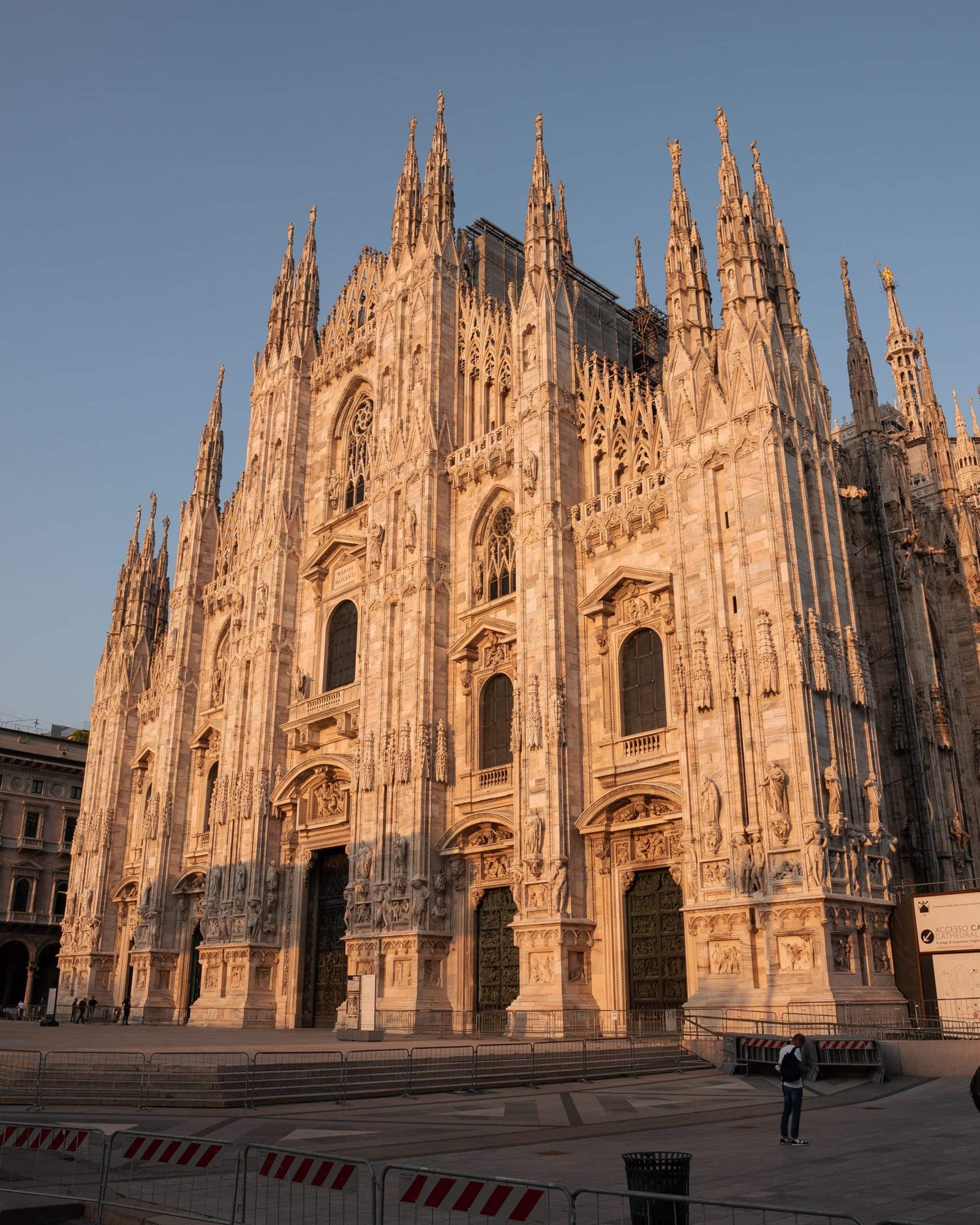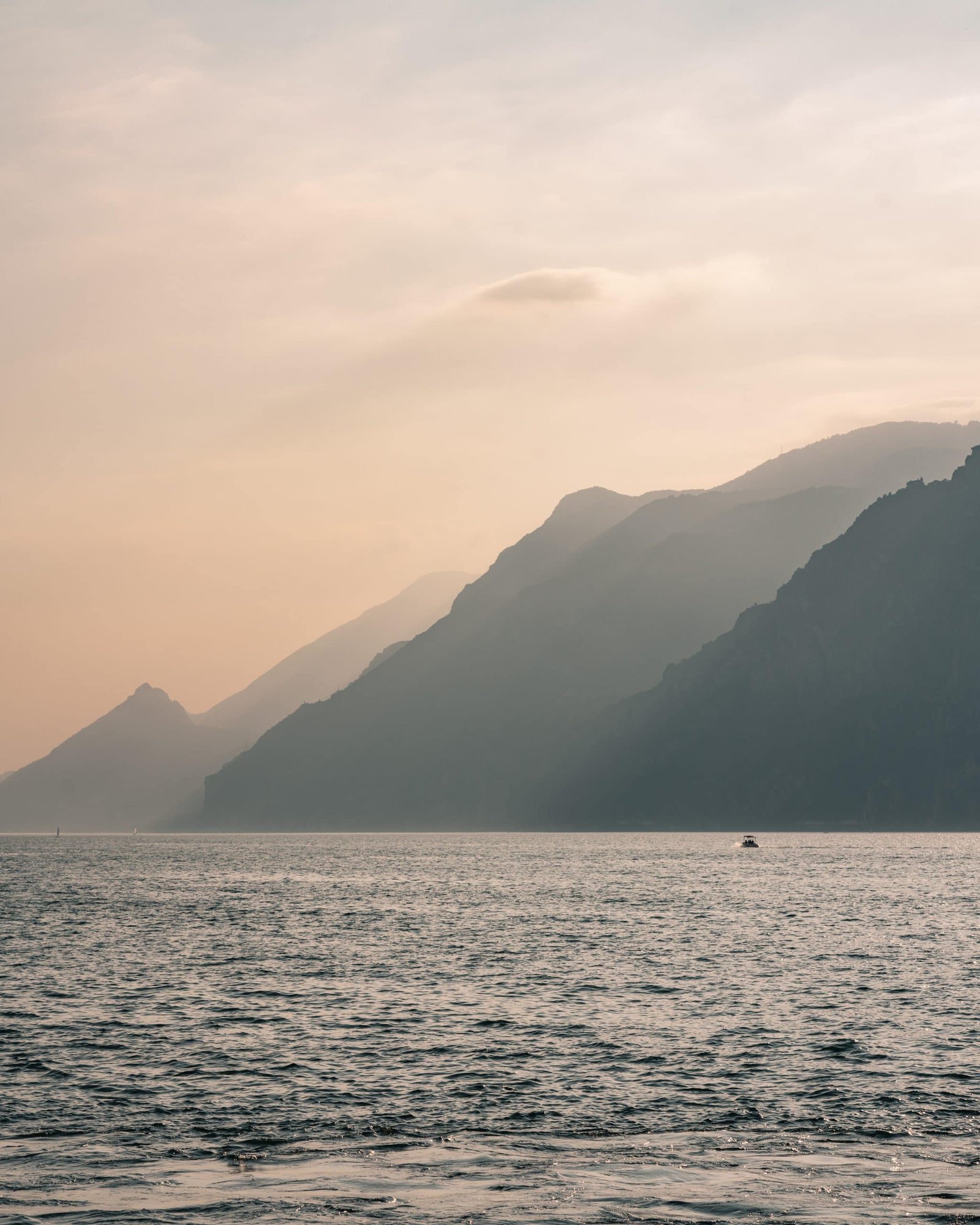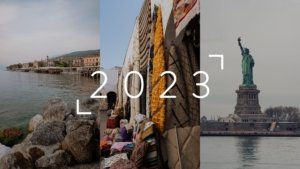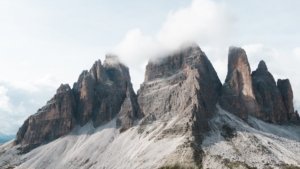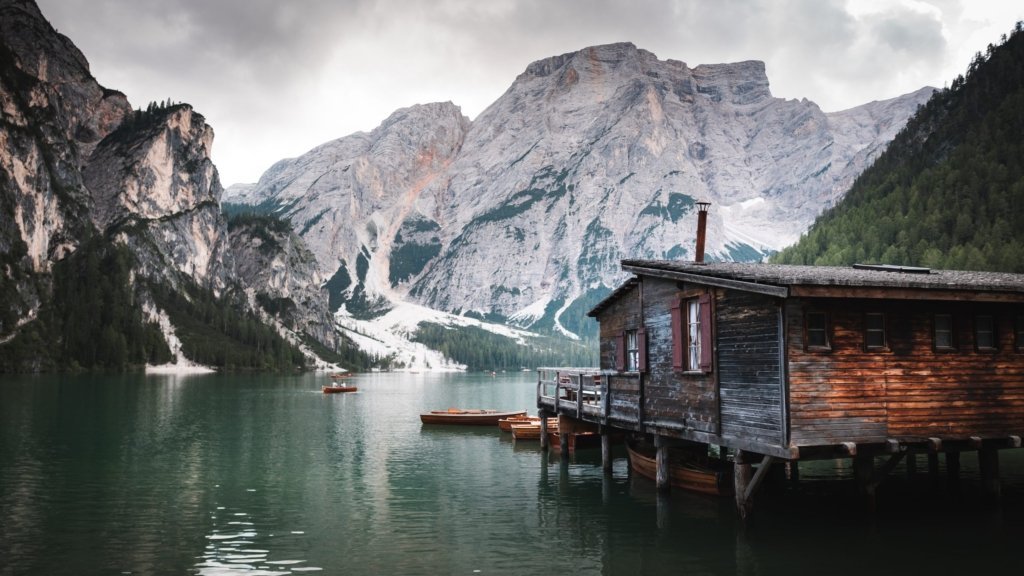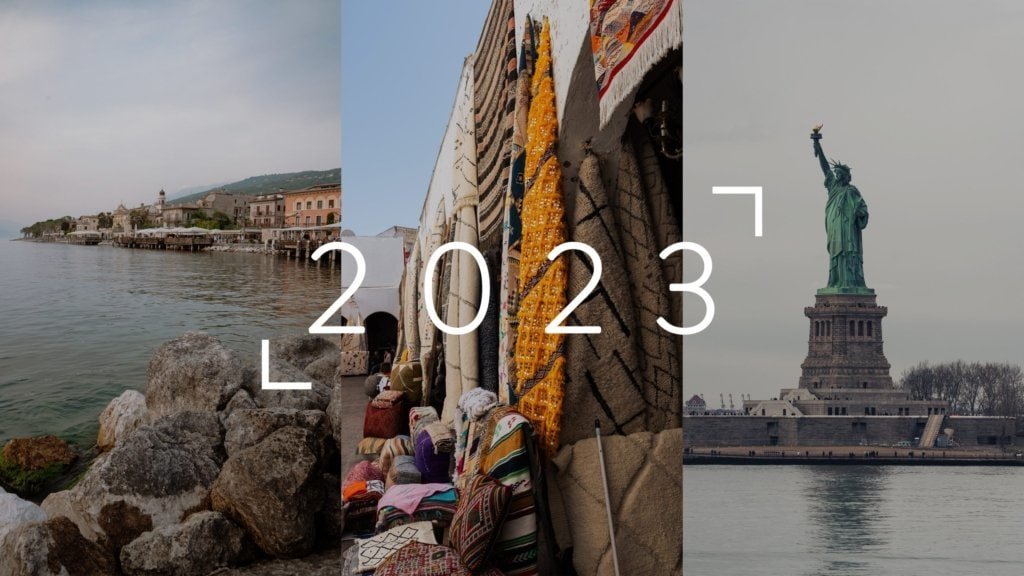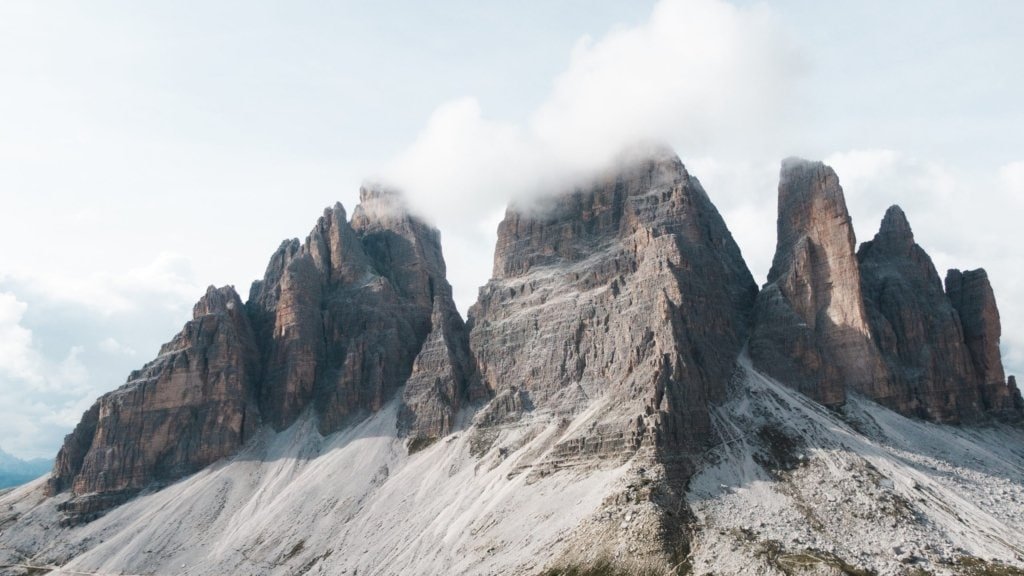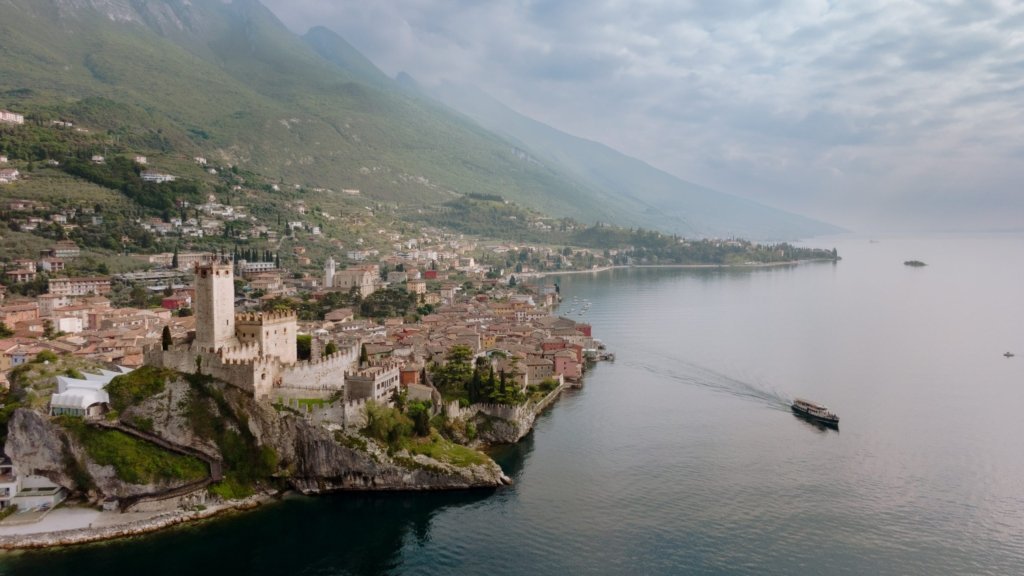Italy, the land of art, culture and gastronomy, attracts millions of visitors every year. In addition to its cultural treasures, Italy is also world famous for its cuisine. Dishes such as pizza, pasta and gelato are internationally popular and an important part of the Italian way of life. From the picturesque villages of Tuscany to the ancient ruins of Rome, Italy offers an impressive variety of sights and experiences.
Location and geography – The boot of Europe
Italy is located in southern Europe on the Apennine Peninsula. The country is easily recognisable by its distinctive boot shape. Italy borders France, Switzerland, Austria and Slovenia to the north. The small states of San Marino and Vatican City are enclaves within Italy, while Campione d’Italia is an Italian exclave in Switzerland. Italy has more than 7,500 kilometres of coastline on the Adriatic, Ionian, Tyrrhenian and Ligurian seas. This makes Italy an ideal holiday destination for anyone who loves sun, sand and sea.
Language – La Bella Lingua
Italian is the official language of Italy and the mother tongue of the vast majority of the population. It originates from the Tuscan dialect and is closely related to the Latin of the Romans. Although Italian is the predominant language, other languages and dialects are spoken in various regions of the country, including German, French and Slovenian. English is understood and spoken in most tourist areas and many Italians learn it as a second language at school.
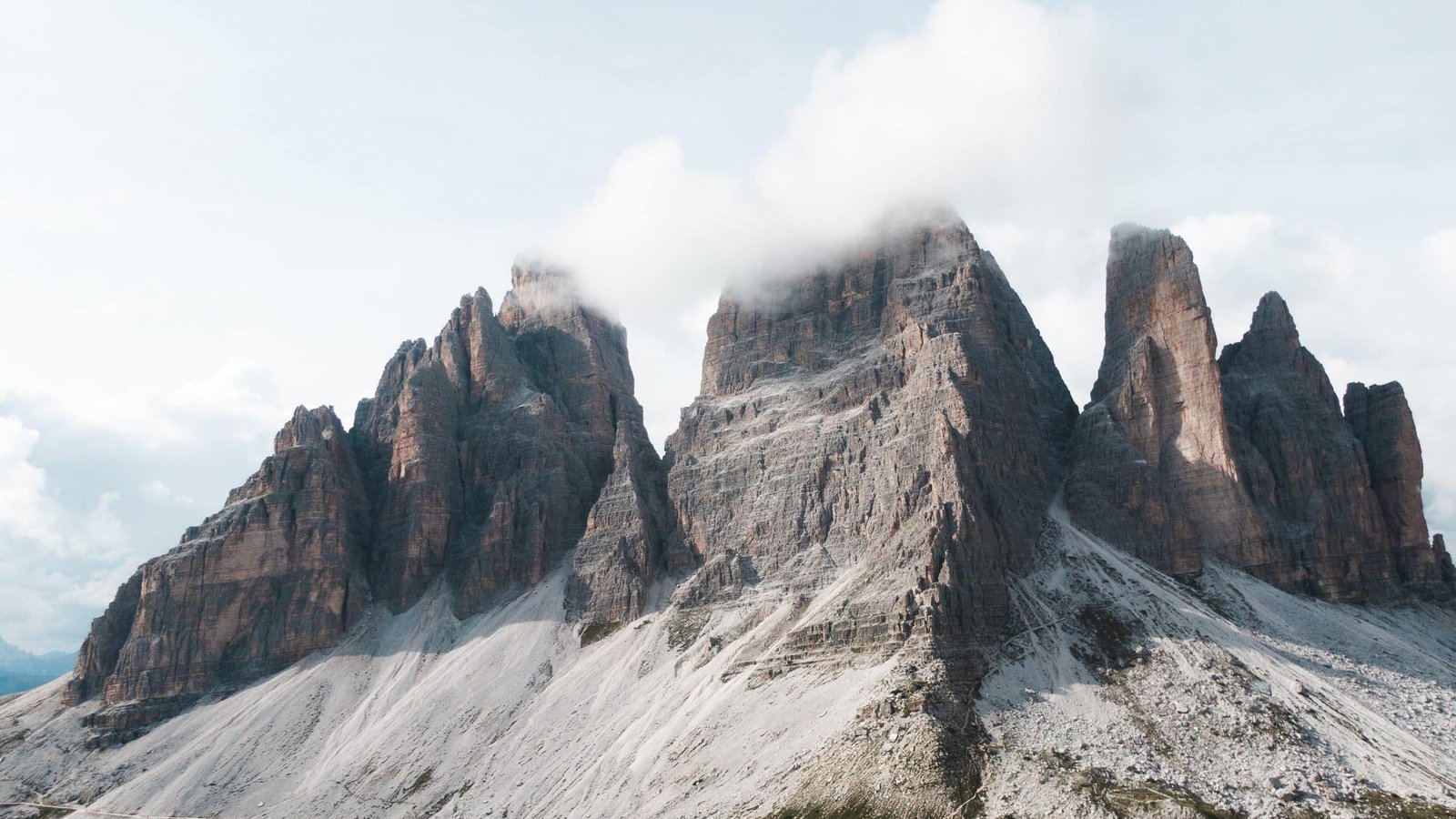
Currency – With the euro through Italy
The Euro (€) is the official currency of Italy, as the country is a member of the European Union. Credit and debit cards are accepted everywhere and there are ATMs in all cities and larger towns. However, it is always advisable to carry some cash, especially when visiting smaller shops or markets.
Climate and weather – Kissed by the sun
Italy has a varied climate, ranging from a Mediterranean climate on the coasts to a continental climate in the Alps. Summers are generally hot and dry, with temperatures often exceeding 30°C, while winters can be mild to cold, with snow in the northern regions and cooler weather in the south. Spring and autumn are often the best times to visit, when the weather is more temperate and there are fewer people.
Culture – La Dolce Vita
Italian culture is known throughout the world and has had a profound influence on Western civilisation. Italy is the country with the most UNESCO World Heritage Sites in the world and its cities are full of ancient ruins, medieval churches, Renaissance palaces and Baroque monuments. Italians are known for their passion for good food and wine, their vibrant folk culture and their love of family.
Italian cuisine is one of the most popular in the world and an integral part of Italian culture. Each region of Italy has its own specialities and traditional dishes, from pizza in Naples to pasta in Bologna and risotto in Venice. Italy is also the world’s largest wine producer, with famous wine regions such as Tuscany, Piedmont and Veneto.
Safety and health
Italy is generally a safe country to travel in, with a low crime rate. However, it is always advisable to check the latest travel advice and health information before travelling. Medical care in Italy is of high quality and pharmacies are widely available. However, it is advisable to take out travel health insurance.
Extraordinary places and regions
Italy is full of fascinating places to discover. Some of them are:
- Rome: The ‘Eternal City’ Rome is famous for the Colosseum, the Vatican and the Sistine Chapel.
- Venice: The ‘City of Canals’ is famous for its waterways, gondolas and St Mark’s Square.
- Lake Como: Nestled in the foothills of the Alps and known for its dramatic scenery, Lake Como is a place of breathtaking beauty.
- Tuscany: A picturesque region of rolling hills, vineyards, olive groves and historic cities such as Florence and Pisa.
- Milan: World capital of fashion and design, famous for Milan Cathedral.
- Lake Garda: Italy’s largest lake, renowned for its clear waters, Mediterranean vegetation and historic towns. Lake Garda is a popular destination for water sports enthusiasts, hikers and cyclists.
- Naples: Famous for its historic city centre, the nearby ruins of Pompeii or the island of Capri and Mount Vesuvius.
- Dolomites: This impressive mountain range in the northern Italian Alps is famous for its striking peaks and deep valleys. As a UNESCO World Heritage Site, the Dolomites are a paradise for nature lovers. The Lago di Braies, the Tre Cime di Lavaredo and the Alpe di Suisi. are particularly worth seeing.
- Sicily: The largest island in the Mediterranean, famous for its Greek and Roman ruins and Mount Etna.
- Amalfi Coast: Famous for its steep cliffs and picturesque coastal towns such as Positano and Amalfi.
Italy is a country to visit at least once in your life. With its rich history, vibrant culture and breathtaking landscapes, it will captivate everyone. Buon viaggio!


